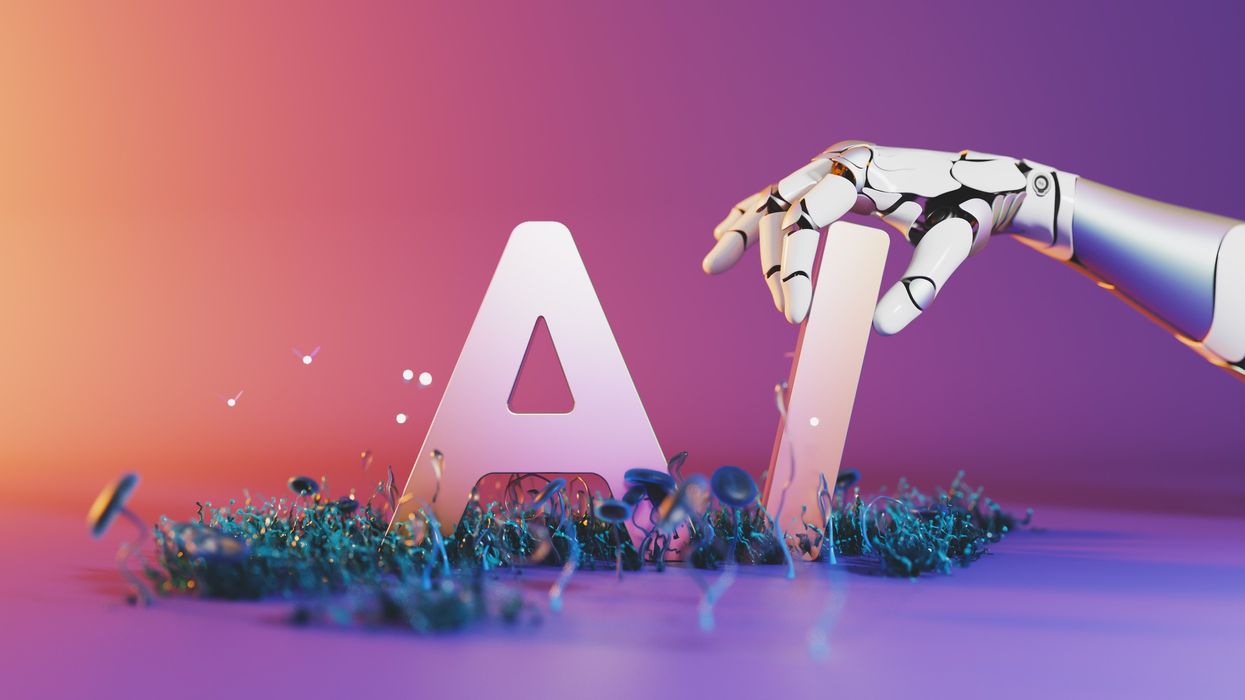From chatbots to autonomous vehicles and from hospitals to home, artificial intelligence (AI) has by far become one of the most exciting as well as controversial trends in the tech space in the 21st century.
As the influence of this much talked-about technology continues to grow, behaviors will change, industries will be transformed and AI will certainly become an integral part of our daily lives by the end of 2025.
This will result in helping simplify and prioritising tasks to free up more of your time, while at the same time safeguarding your privacy and data.
In the coming months, here are some key trends in AI that you should hear of more often:
AI for Content Creation
One area where AI will come into its own will be in the field of content creating.Those looking to work smart will show how AI engines like GPTZero can upgrade your writing skills and promote responsible AI detection with greater accuracy by using characteristics like burstiness and perplexity scores to spot AI-generated writing.
If you are not yet convinced about the effectiveness of AI generated content, you would need to think twice about adopting it in your business if you want to remain competitive.
End-to-end business automation
In 2025, algorithms will make decisions like managing inventory and responding to customer queries with minimal human intervention.This in turn will lead to better efficiency, quicker response to changing customer habits or fluctuating market conditions.
As businesses start to come to grips with AI, those with the more mature AI strategies will move towards real-time automated decision making of the entire business process.
Responsible use of AI
In the coming months, there will be greater awareness of using AI in such a way that is secure, respectful and ethical. While some AI tools may be driven by legislation, the overall concern will be to safeguard from the harm that AI can cause.
Most of us now understand the dangers of AI hallucinations and bias and the concerted effort it will take to mitigate this.Those businesses who choose to cut corners and ignore this could expect to get bad publicly, lose customers and expect a lot of bad heat from regulators.
More engaging voice-to-voice communication
AI voice assistants like Alexa and Siri have been around for many years but their ability to make proper conversation is severely limited. Next gen advanced voice assistants will be integrated into mobile devices, replacing the out-dated ones.
By the end of the year we may see these capabilities appearing on more and more devices, which will eventually enable generating more useful and natural voice-to-voice communications.
Generative AI will move beyond chatbots
Generative AI tools powered by Language Learning Models(LLMs) that have been integrated by businesses into their products and services via chat interfaces will require more careful handling as technology matures.
Rather than employing chatbots as a standalone tool, the focus would be on transition that aligns with building broader software atop LLMs and moving from chatbot interfaces to using LLM applications on the back end in order to summarize data that can help solve some of the issues that makes generative AI difficult to scale.
AI in cybersecurity
As cybersecurity continues to become increasingly sophisticated, AI systems will come into play even more than before when it comes to detecting potential threats, identifying anomalies and automating the security system to deal with breaches before they could cause any large scale damage.
With threats like phishing or social engineering attacks on the rise, chatbots will play their role by simulating phishing attacks and telling us how to spot these events and avoid getting tricked by them.
AI for environmental protection
2025 will see AI continue to establish itself as powerful environmental protection tool, particularly by efficiently rerouting traffic around crowded cities to reduce pollution caused by vehicle emissions. AI applications will be designed to improve sustainability and reduce the carbon footprints of industries.
There will also be a growing awareness of the massive power that will be consumed by cloud-based AI systems and a concerted effort will be made to switch to renewable energy sources in data centres.
What’s coming up
Artificial intelligence will reshape software development radically and also force developers to acquire new skills if they have to stay ahead of the competition.
Those who adopt these skills successfully in the months ahead will get to reap an abundance of benefits and opportunities. However, the process would require a different mindset that is missing in most software developers these days.

















